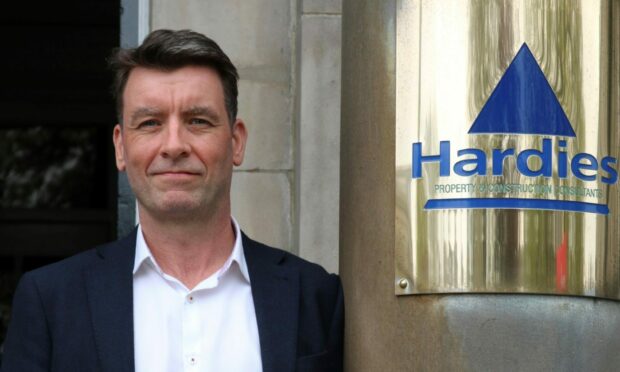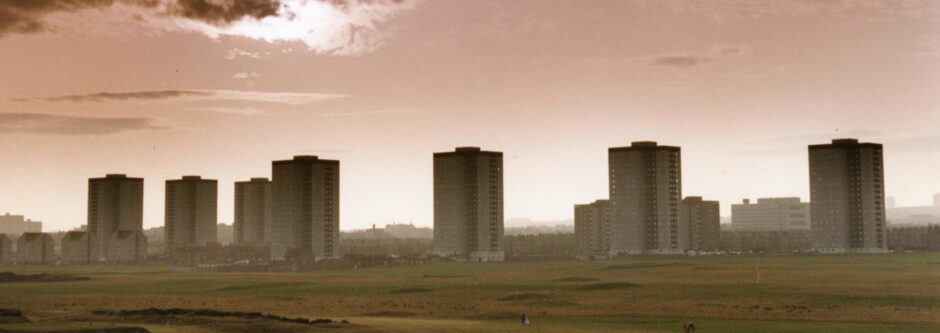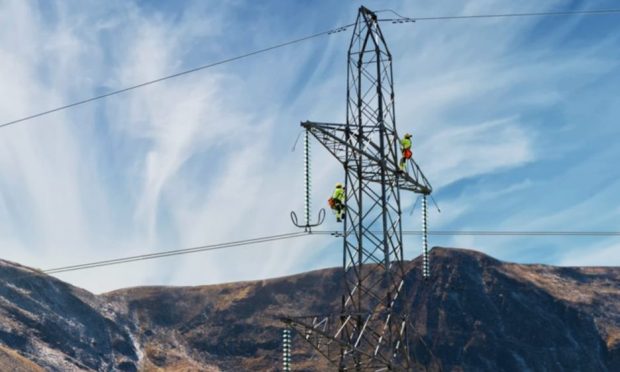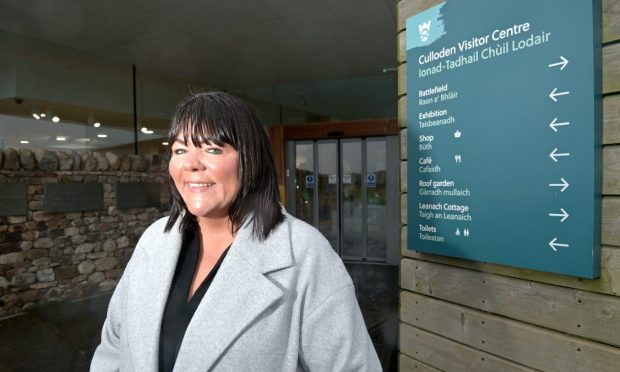The built stock in Scotland, in line with the rest of the UK, is probably one of the oldest on the planet.
Less than 20% of current properties have been constructed during the past 30 years, while more than 50% predate 1965.
The Scottish Government’s Heat in Buildings Strategy is a wide-ranging document that encapsulates a vision for the future where homes and other buildings will be cleaner, greener, easy to heat and no longer contributing to climate change.
There will be hard choices to make if the aspirations set out in the new strategy are not to turn out to be just hot air.”
I can’t but help find myself welcoming these bold, challenging proposals.
At the very least, the government should be commended for its aspirations to improve the built environment as part of its wider climate-change policy.
Nonetheless, there will be hard choices to make if the aspirations set out in the new strategy are not to turn out to be just hot air.
One striking aspiration is the decarbonisation of heating, which will see the phasing out of carbon-based fuels.
Heavily reliant on gas
But 82% of our housing stock currently relies on gas as its primary source of heat fuel.
What initially looks like a worthy aspiration soon takes on the guise of a monumental task – and one the recent focus on heat pumps may not be well-suited to address, given the aged nature of our building stock.
Perhaps more emphasis should be given to addressing why our heating need in buildings is so high and aim to reduce consumption, rather than exploring ways to provide the same amount of heat by a different method.
The real challenge lies in how we tackle energy inefficiency in the existing stock.
EPC target
In the residential sector, the Energy Performance Certificate (EPC) is to be enhanced, to provide buyers and tenants with greater information about the property they are buying or leasing.
All privately-rented dwellings will need to be improved to meet an EPC “C” rating by 2033.
Costs per property could quickly mount for landlords with modest portfolios holdings.
And who pays? Do landlords absorb the costs or pass them to their tenants?
For some landlords, the cost may prove too much for their business or pension strategies.
Rental properties may then be sold and potentially lost to the sector, displacing sitting tenants and reducing the supply of available rental properties – one consequence of which may be an overall increase in rents.
Turning to owner-occupied dwellings, they will also need to attain a “C” rating, with the trigger for improvement proposed to be the point of sale, however, the onus to improve the property will fall to the new owner.
Cost implications
It doesn’t take much imagination to envisage how sale negotiations may proceed when the prospective owner realises the cost of achieving a “C” rating.
This extra outlay will most likely be reflected in the offer, if an offer is made at all.
And that is before conditions imposed by mortgage lenders are considered.
The picture for the commercial market is even less clear, with the government undertaking to consult and regulate.
Currently, there is no legal requirement to improve an existing non-domestic property on sale or let – albeit larger and older buildings may have an energy action plan to improve the energy performance imposed on them.
But this can be side-stepped by having the building’s annual energy consumption certified. And none of this relates to the EPC rating of the building.
The Heat in Buildings Strategy could also come with some unexpected side effects.
For example, we may see the emergence of a two-tier system in all our property markets.
Doing nothing is not an option, but doing the wrong thing or even the right thing in the wrong way may be counter-productive.”
Energy-efficient properties could command premium values, but prices could fall for poorer-performing buildings which may then become ripe for demolition and redevelopment – and a wave of rebuilding across Scotland would come with its own significant carbon cost.
In conclusion, the need to address energy and resource use in Scotland is a must – and time is not on our side.
Doing nothing is not an option, but doing the wrong thing or even the right thing in the wrong way may be counter-productive.
Mark O’Neill is head of energy at Hardies Property & Construction Consultants.
Who will pay for decarbonising your home heating?
Alex Bell: Holyrood must make green energy affordable in homes or Scotland will be out of pocket












